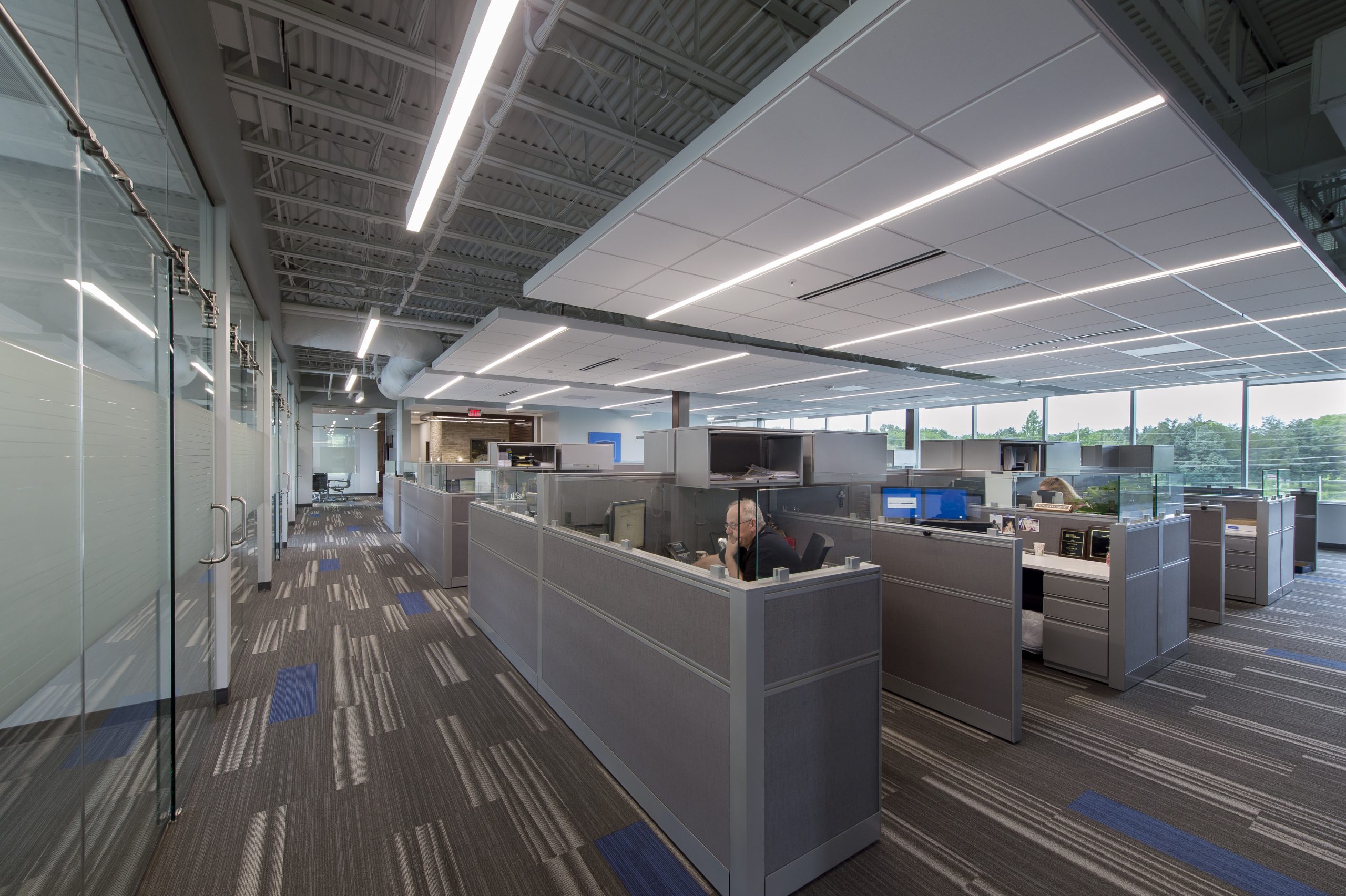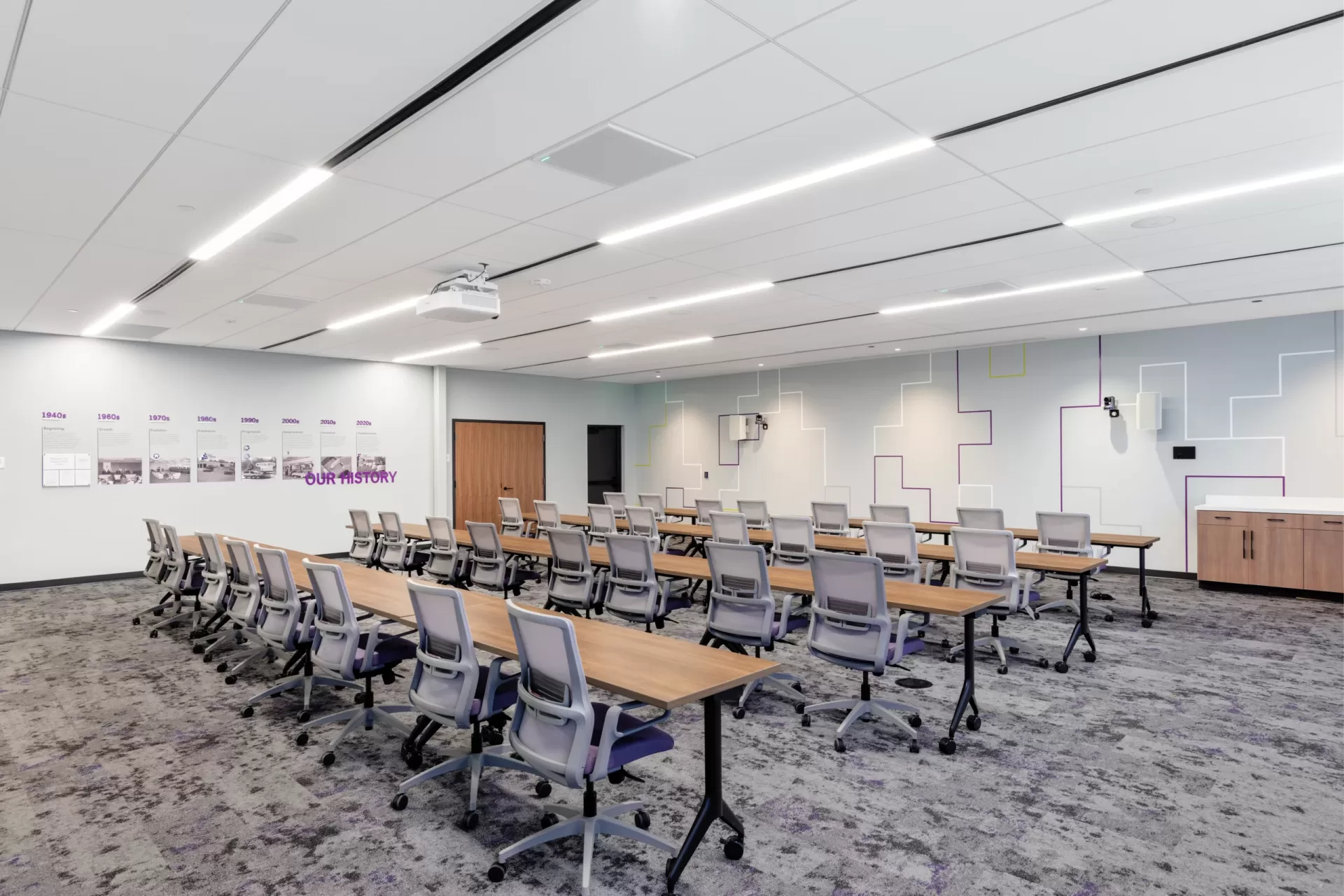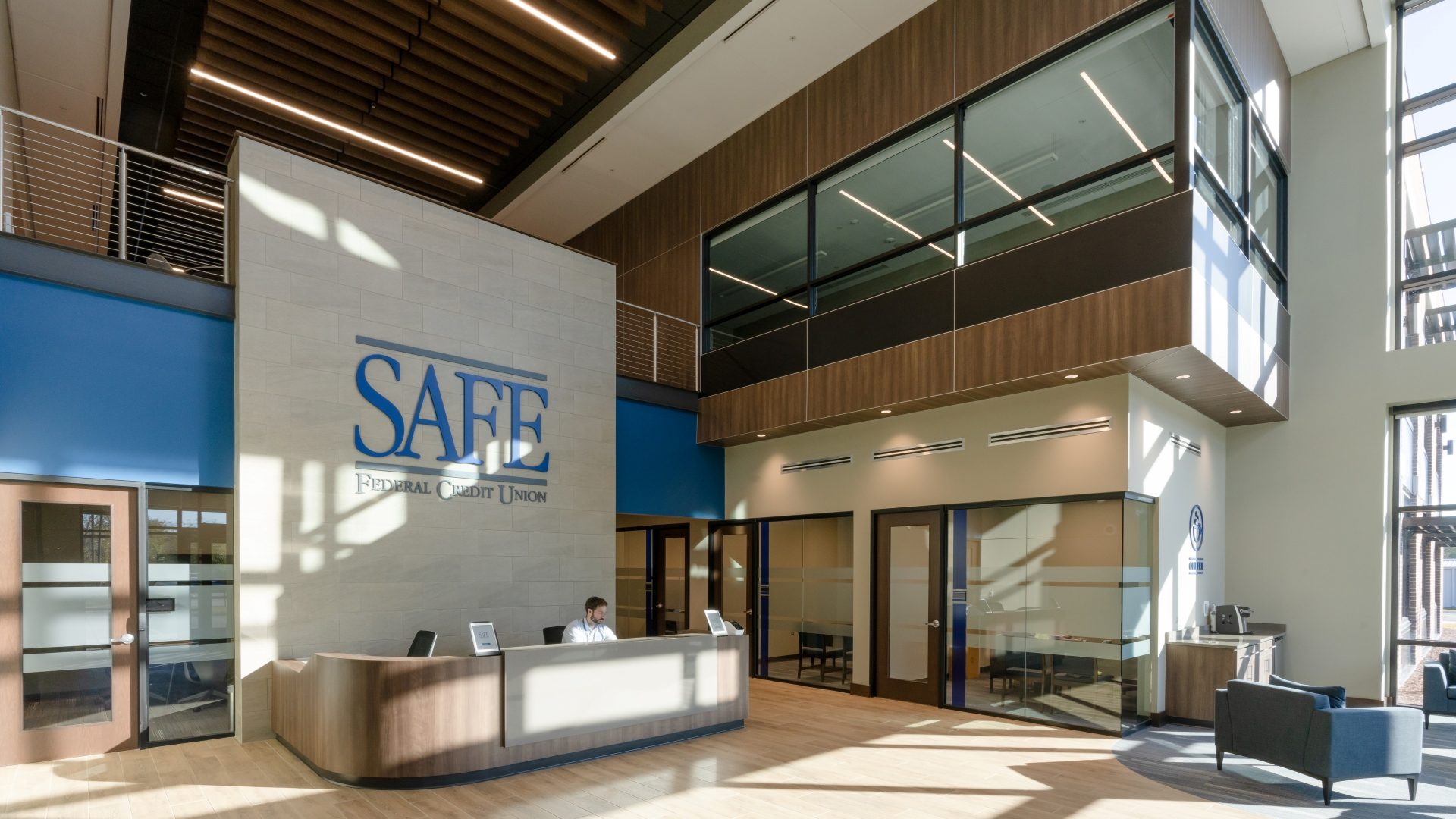5 Keys to Designing Financial Operations Centers
By Jared Monce, AIA
July 8, 2024Post Tagged in
Centralized control for financial institutions is critical in providing a seamless consumer experience.Financial Operations Centers combine back-of-house functions to support the public facing branches. As financial institutions increasingly resemble tech companies, operations centers are being transformed to combine customized banking processes and systems with technology that can manage and deliver. Depending on the size of the institution and the services offered, those centers might include teams of people focused on three primary categories: operations like card services, member/customer experience, and interactive teller machines; information technology infrastructure, application, and administration; and business support like human resources, marketing, and legal. When designing operations centers for banks and credit unions, here are five key things to consider. |
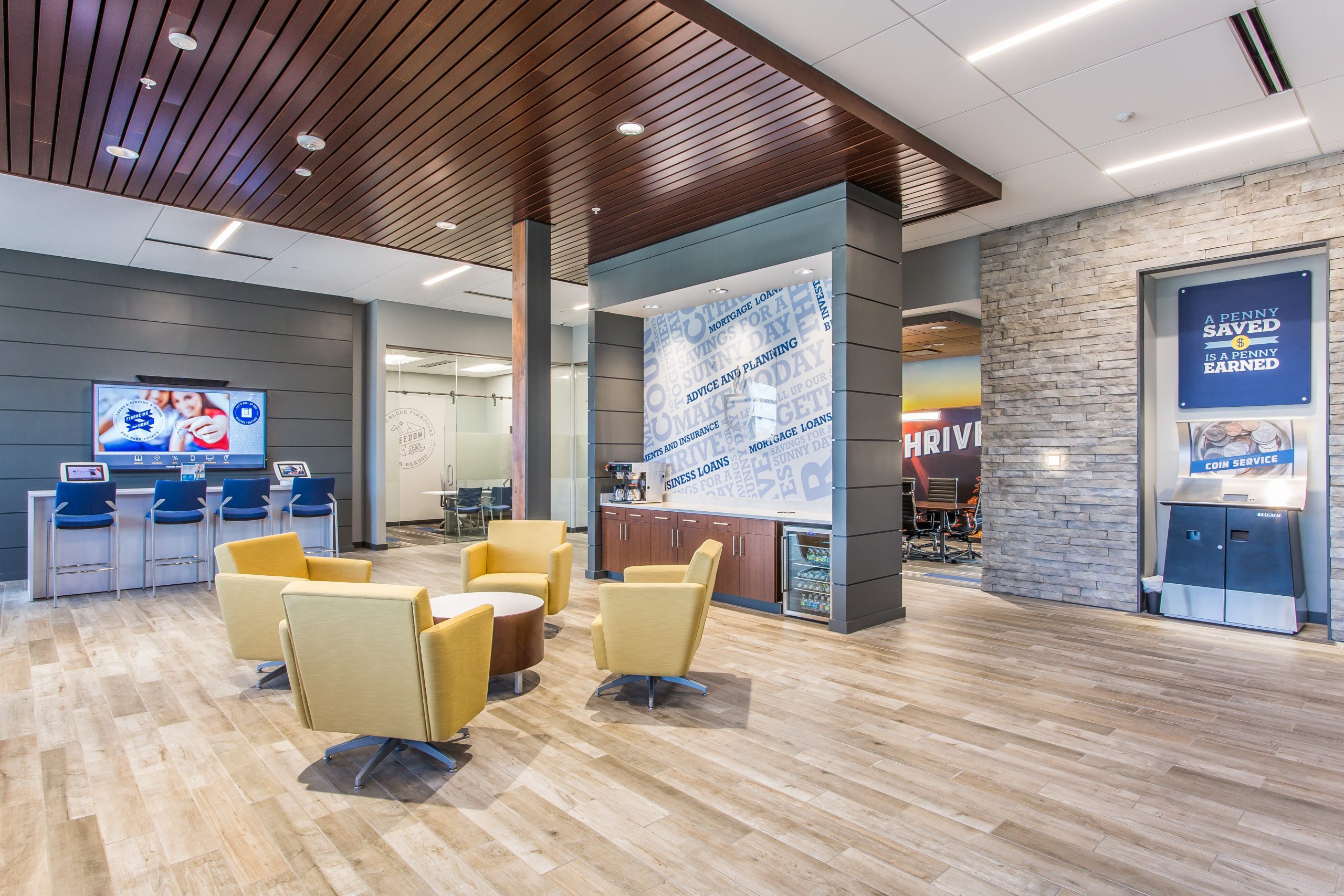
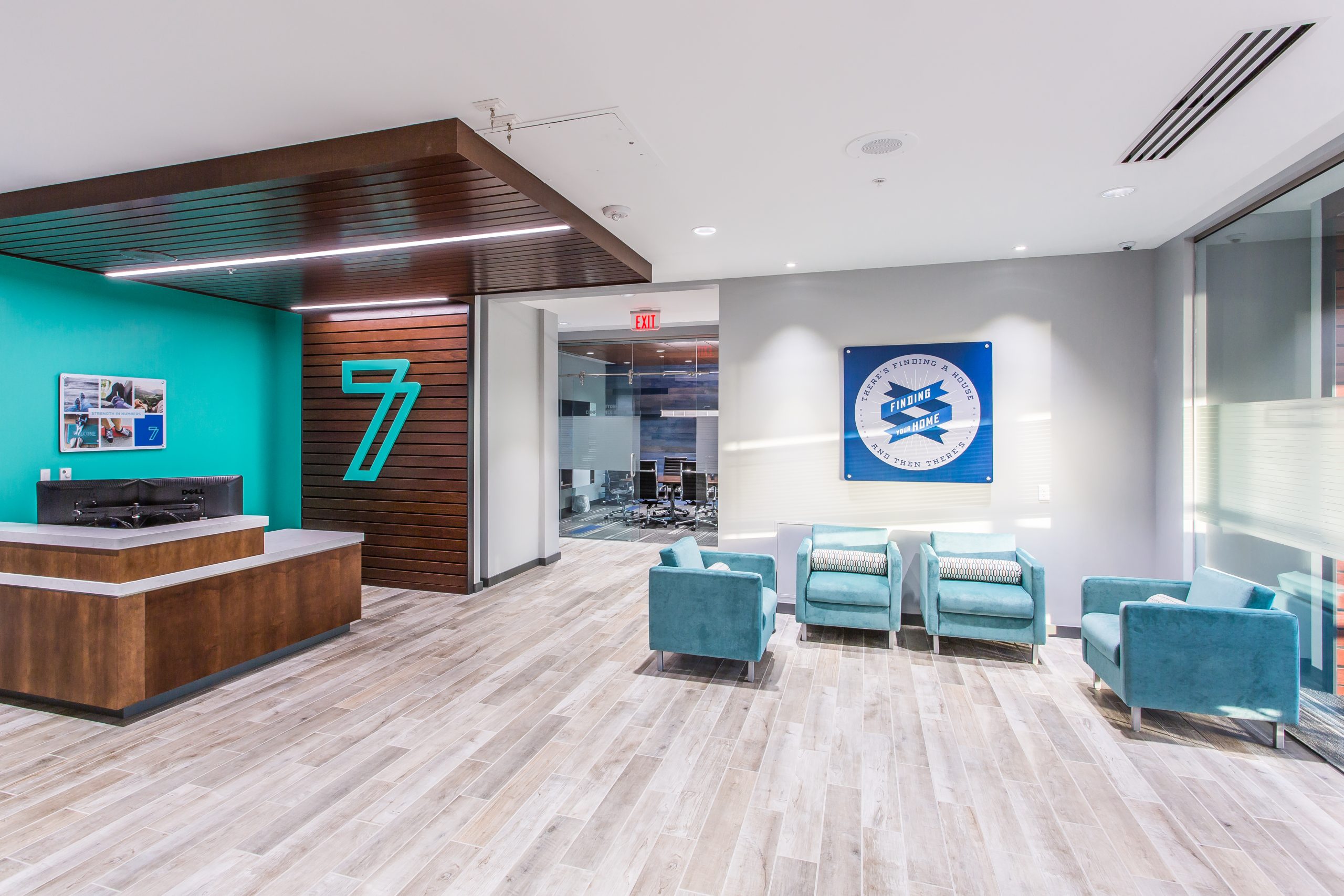
|


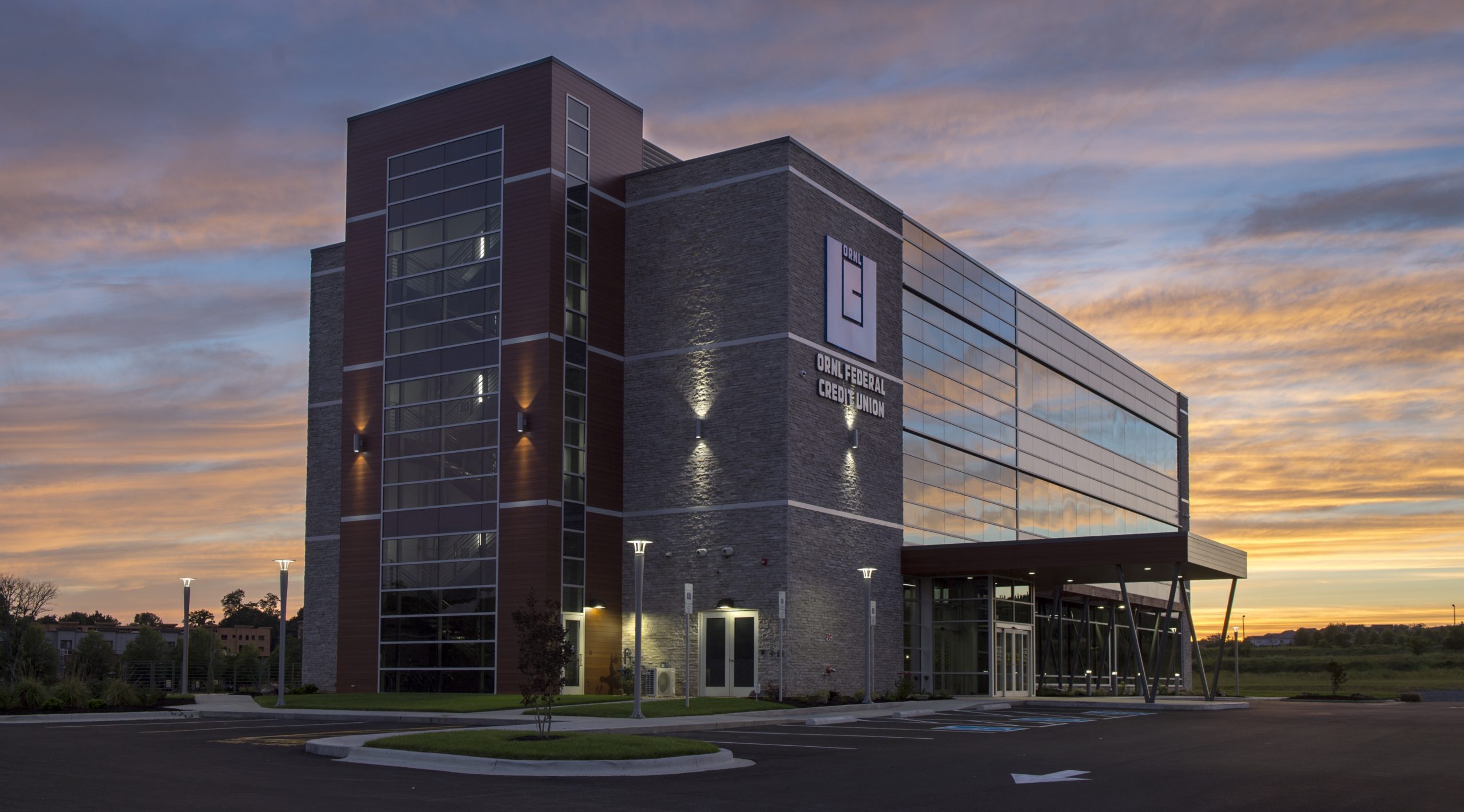 |
LocationWhile financial institutions generally want to ensure they have convenient branch locations for their consumers, it’s also important to keep location in mind when it comes to operations centers. Companies need to be able to attract talent with a wide range of skills, so that means building an operations center in a place that is appealing to prospective employees and has access to amenities. Since operations centers often serve a large geographic area, choosing a centralized location is also critical to serving the consumer.
|
